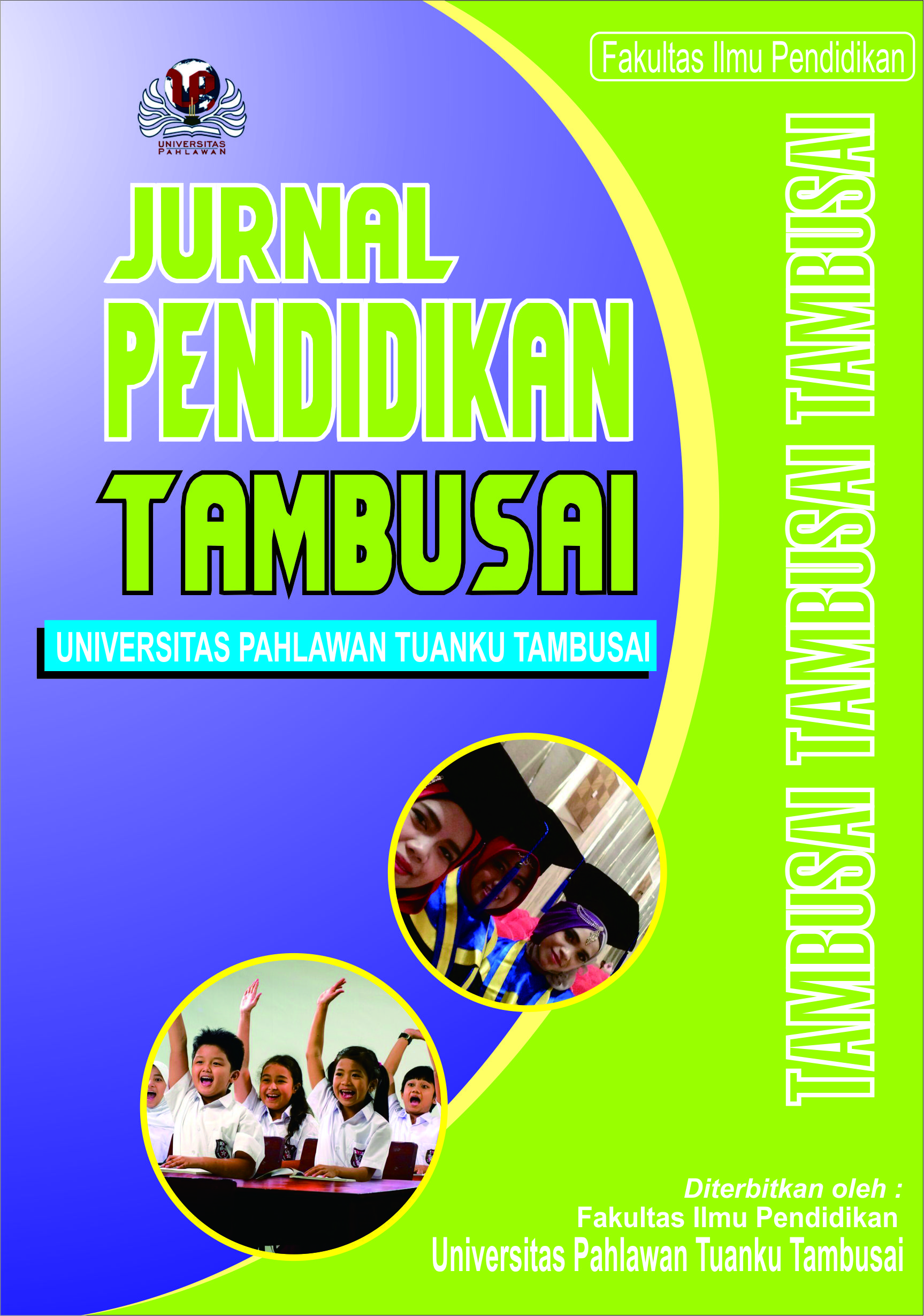Animasi Interaktif Prang Sabi: Media Belajar Sejarah dengan Metode Cone of Experience
DOI:
https://doi.org/10.31004/jptam.v8i1.14542Keywords:
Film Animasi, Media Pembelajaran, SejarahAbstract
References
Ahmadi, A. 2003. Psikologi umum. PT Rineka Cipta.
Alfian, M. 2011. "Pendidikan Sejarah dan Permasalahan yang dihadapi." Khazanah Pendidikan 3, no. 2.
Amaliyah, Rizky, dan Lutviatiani, M. 2022. "JASMERAH: PLATFORM EDUKASI SEJARAH BERBASIS WEBSITE SEBAGAI STRATEGI PENDIDIKAN KARAKTER GENERASI-Z GUNA MEWUJUDKAN MASYARAKAT MADANI." KRONIK: Journal of History Education and Historiography 6, no. 1: 13-22.
Ardiyanto, A., Rachman, A, dan Kurniawan, R. A. 2023. "Karakter Animasi Alfin Lestaluhu dengan Metode Design Thinking." Jurnal Desain 10, no. 3: 434-443.
Arsyad, A. 2013. Media pembelajaran. PT RajaGrafindo Persada.
Astuti, Y. W, dan Mustadi, A. 2014. "Pengaruh penggunaan media film animasi terhadap keterampilan menulis karangan narasi siswa kelas V SD." Jurnal Prima Edukasia 2, no. 2: 250-262.
Creswell, J. W. 2010. Research design: pendekatan kualitatif, kuantitatif, dan mixed. PT Pustaka Pelajar.
Jumardi. 2014. "Pengaruh Pendekatan Pembelajaran dan Gaya Belajar Terhadap Hasil Belajar Sejarah Siswa." Jurnal Pendidikan Sejarah 3, no. 1: 1-12.
Juwantara, R. A. 2019. "Analisis teori perkembangan kognitif piaget pada tahap anak usia operasional konkret 7-12 tahun dalam pembelajaran Matematika." Jurnal Ilmiah Pendidikan Guru Madrasah Ibtidaiyah 9, no. 1: 27-34.
KPI. November 22, 2012. “Anak Indonesia Kedapatan Paling Lama Menonton TV.” Komisi Penyiaran Indonesia. https://www.kpi.go.id/index.php/id/lihat-terkini/30944-anak-indonesia-kedapatan-paling-lama-menonton-tv.
Movanita, A. N. K. May 25, 2016. “Ketua MPR Nilai Banyak Anak Muda Yang Tak Kenal Sejarah.” KOMPAS.com. https://nasional.kompas.com/read/2016/05/25/14052991/ketua.mpr.nilai.ban%20yak.anak.muda.yang.tak.kenal.sejarah.
Purwanto, Hadi, I., Aini, A. N., Rahman, A. Z., dan Kurniawan, S. D. 2023. “Implementasi Teknik Pose to Pose Sebagai Proyeksi Pada Animasi 3 Dimensi Gerakan Manusia Berjalan.” Smart Comp: Jurnalnya Orang Pintar Komputer 12, no. 3: 795–805. https://doi.org/10.30591/smartcomp.v12i3.5479.
Sembiring, E B. 2016. “Rancang Bangun Dan Analisis Media Pembelajaran Sejarah Melalui Film Animasi 3D.” Teknomatika 1, no. 9: 45–58.
Sutrisno, A., Pramono, A., Wardhana, M. I., dan Samodra, J. 2023. “360 Degree Animation Videos for Learning Basic Animation Principles.” AIP Publishing: 3RD INTERNATIONAL CONFERENCE OF BIO-BASED ECONOMY FOR APPLICATION AND UTILITY 2706, no. 1. https://doi.org/10.1063/5.0120747.
Sutrisno, A., dan Rokhman, N. 2023. “Cut-Out Animation Dalam Perancangan Konten YouTube Bertema Kepahlawanan.” ANDHARUPA: Jurnal Desain Komunikasi Visual & Multimedia 8, no. 04: 548–58. https://doi.org/10.33633/andharupa.v8i04.7632.
Sutrisno, A. 2021. “Animated Film Visual Style Preferences of Elementary School Students in Malang Regency.” KnE Social Sciences, 139–44. https://doi.org/10.18502/kss.v5i6.9188.
Thomas, F., dan Johston, O. 1988. Disney Animation: The Illusion of Life. New York, Northeastern U.S: Abbeville Press Inc, U S.
Downloads
Published
How to Cite
Issue
Section
Citation Check
License
Copyright (c) 2024 Arif Sutrisno

This work is licensed under a Creative Commons Attribution-ShareAlike 4.0 International License.
Authors who publish with this journal agree to the following terms:
- Authors retain copyright and grant the journal right of first publication with the work simultaneously licensed under a Creative Commons Attribution License that allows others to share the work with an acknowledgement of the work’s authorship and initial publication in this journal.
- Authors are able to enter into separate, additional contractual arrangements for the non-exclusive distribution of the journal’s published version of the work (e.g., post it to an institutional repository or publish it in a book), with an acknowledgement of its initial publication in this journal.
- Authors are permitted and encouraged to post their work online (e.g., in institutional repositories or on their website) prior to and during the submission process, as it can lead to productive exchanges, as well as earlier and greater citation of published work (See The Effect of Open Access).



